Gargoyles and Grotesques: The Definitive Guide
Article to support world travellers since 1983 with small group educational tours for senior couples or mature solo travellers interested in British and European history.
4 Oct 21 · 6 mins read
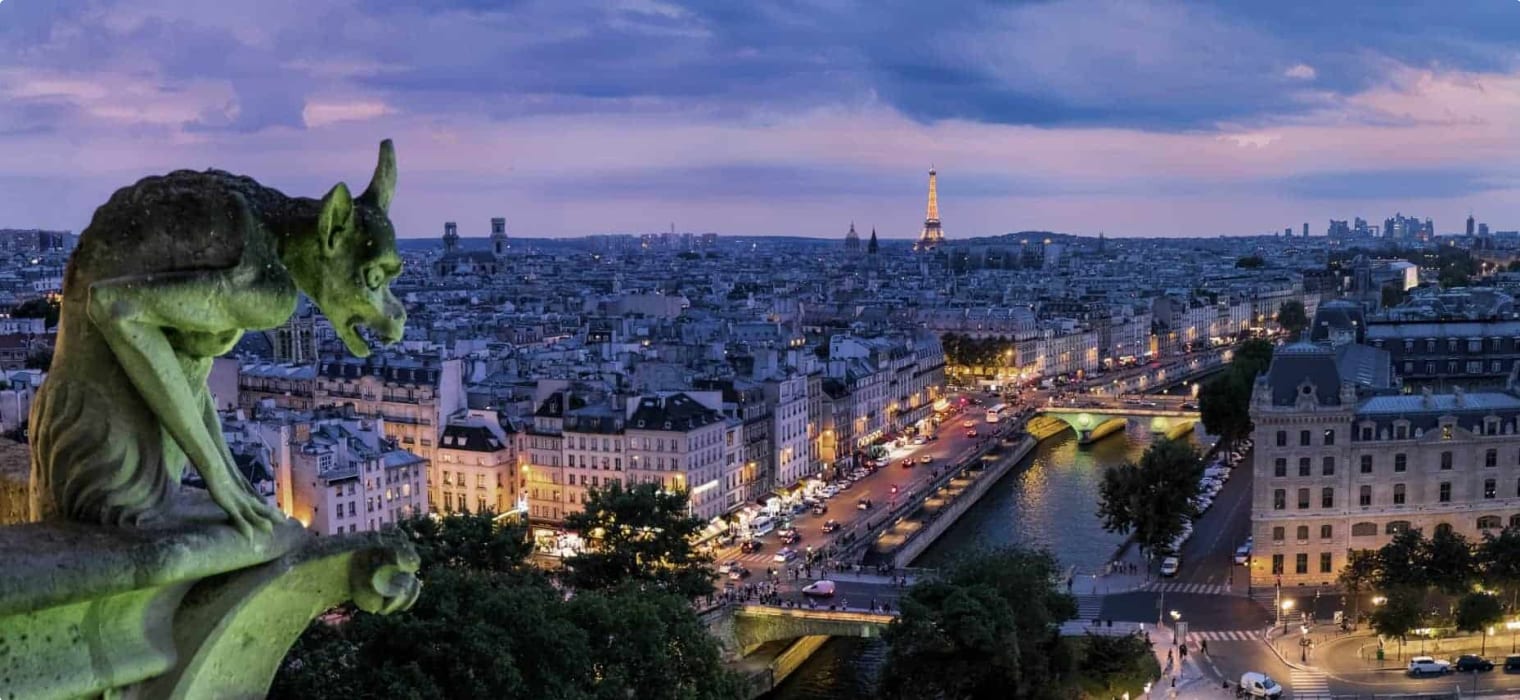
Studying Gargoyles and Grotesques
Gargoyles and grotesques were prevalent architectural features during the Gothic period, which thrived in Western Europe from the 12th to the late 15th centuries, persisting well into the 20th century during the Gothic Revival era characterized by a deep-seated interest in the Middle Ages. These unique figures can be spotted in various countries such as France, Italy, Spain, Germany, and the United Kingdom.
This article delves into the historical significance of gargoyles and grotesques within the context of the Gothic period, offering insights into these captivating stone creatures that adorn buildings across Western Europe.
Our primary sources for this piece include Alex Woodcock’s “Gargoyles and Grotesques,” published by Shire Publications in 2011, and “Gravely Gorgeous,” an online publication by the Cornell University Library. Readers are encouraged to explore these resources for a deeper understanding of the subject matter. Additional references will be cited throughout the article to provide a comprehensive exploration of this intriguing architectural phenomenon.
Origins
The iconic gargoyles adorning Notre-Dame de Paris Cathedral not only captivate those who have never laid eyes on the grand structure but also serve a vital purpose beyond their aesthetic appeal. These stone creatures, with their eerie yet captivating presence, are not true gargoyles unless they function as rainwater diverters, a role that defines their essence.

Authentic gargoyles, often found on the facades of medieval cathedrals, universities, and town halls, serve the practical role of channeling rainwater away from buildings, thus safeguarding the masonry from water damage. Over the centuries, many of these grotesque figures have weathered the erosive effects of rainwater, eventually succumbing to deterioration and falling from their perches.
Grotesques, on the other hand, though visually similar to gargoyles, lack the functionality of water diversion and instead serve ornamental and symbolic purposes. The distinction between gargoyles and grotesques lies in their intended functionality in architectural design.
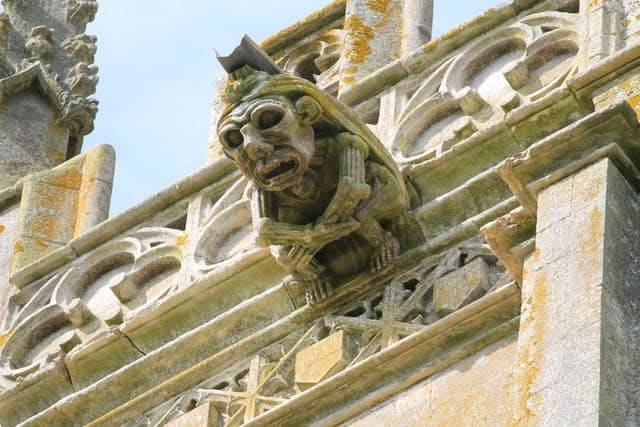
The term “gargoyle” finds its origins in the French word “gargouille,” meaning throat, hinting at the primary function of these architectural elements. The word’s etymology connects it closely to the act of gargling, reflecting the historical purpose of gargoyles in directing water away from buildings.
The term “grotesque” is linked to the style of these ornamental sculptures. The Italian fascination with Roman antiquity led to the excavation of ancient chambers adorned with murals depicting hybrid human-animal forms, referred to as “grottesca.” This artistic style evolved into the term “grotesque,” indicating anything strange or bizarre in modern parlance.
The use of hybrid human-animal imagery in architectural ornamentation traces back to ancient civilizations such as the Romans, as evidenced by the elaborate frescoes in Nero’s Domus Aurea. This classical tradition of incorporating fantastical elements into architectural design influenced the development of grotesques and gargoyles.
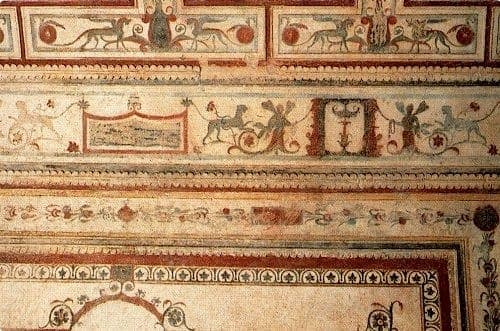

In Romanesque and Gothic architecture, gargoyles evolved from simple waterspouts attached to corbels into elaborate, freestanding sculptures that adorned the exteriors of buildings. The transition from a purely functional role to a more decorative one marked a significant shift in the design and purpose of these architectural elements.
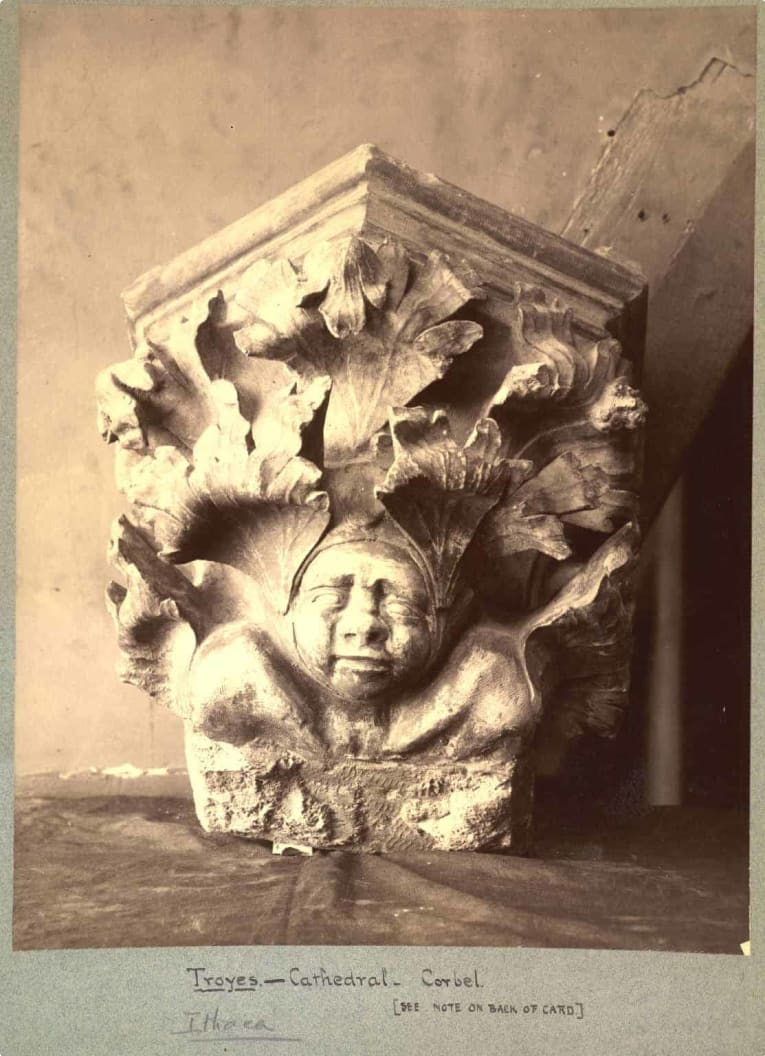

Notably, the renowned gargoyles adorning Notre-Dame Cathedral were not original to the medieval period but were added during a 19th-century restoration spearheaded by architect Eugène-Emmanuel Viollet-le-Duc. Inspired by literary works such as Victor Hugo’s “The Hunchback of Notre Dame,” Viollet-le-Duc reimagined the cathedral’s gargoyles as chimeras, mythical composite creatures, deviating from traditional gargoyle depictions.
Despite the deviations from historical accuracy, Viollet-le-Duc’s chimeras have become emblematic of Notre-Dame’s architectural identity, reflecting a blend of Gothic revivalism and 19th-century artistic imagination.
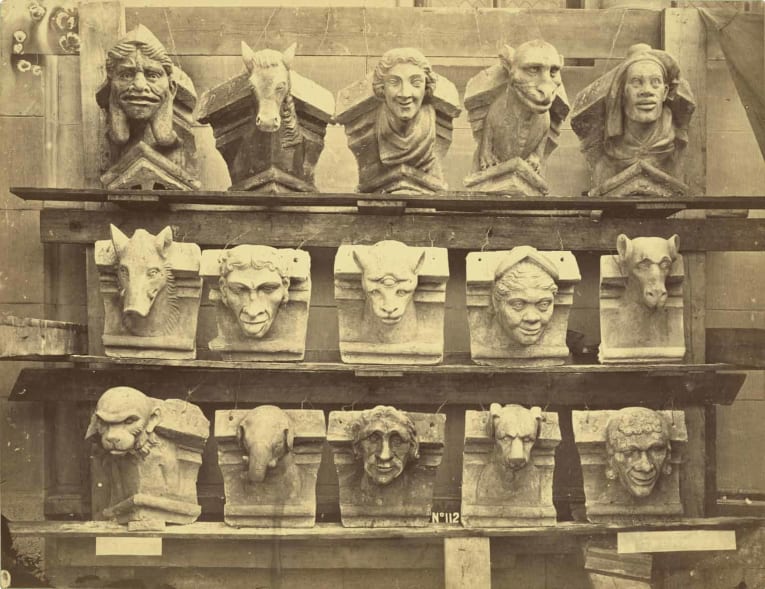

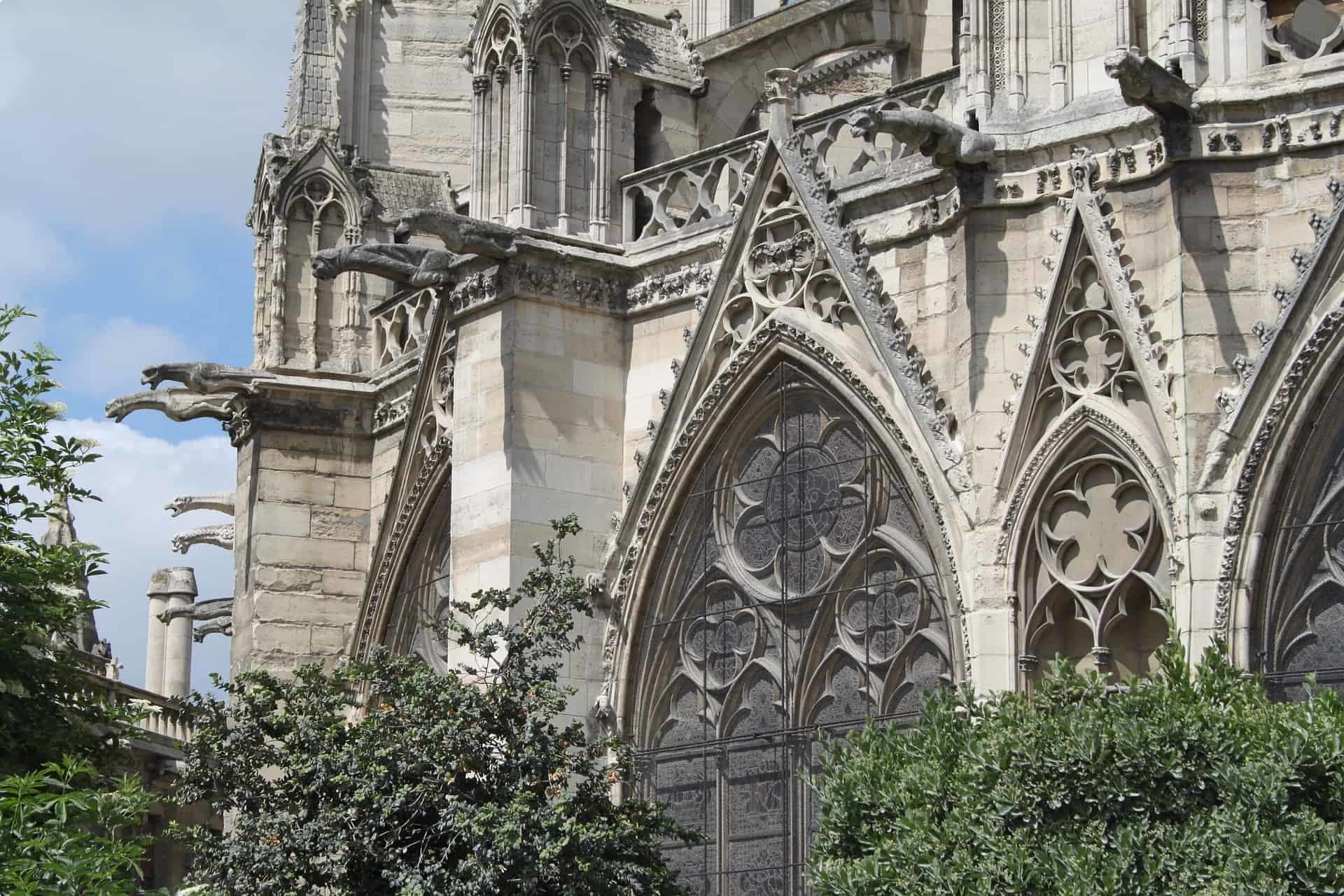

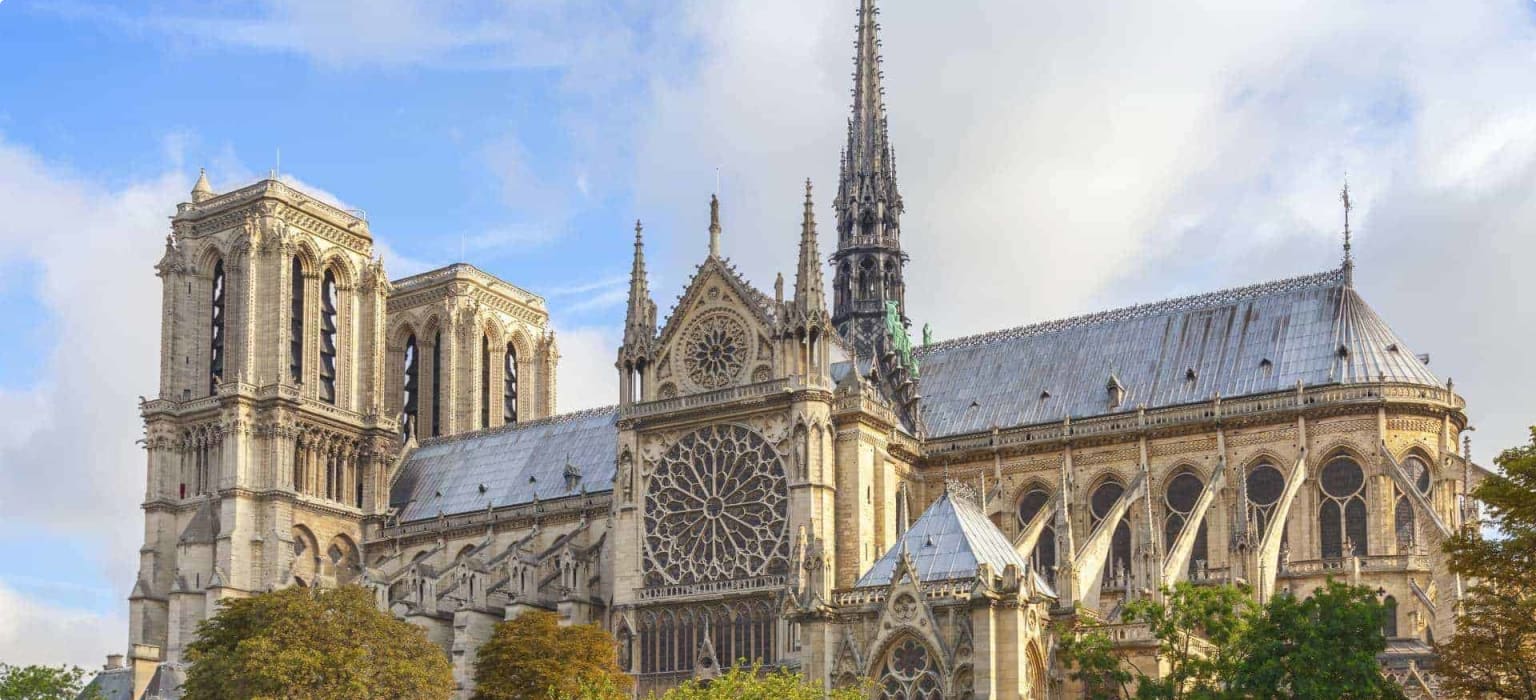
Rationale
Among the myriad theories surrounding the peculiar and unsettling figures adorning ecclesiastical structures, the exact purpose behind their creation remains a mystery. Woodcock (pp. 15 to 19) presents several intriguing theories:
- Gargoyles and grotesques, akin to Egyptian hieroglyphs, could have served as a visual language accessible to even illiterate church attendees.
- They might reflect the irreverent humor of masons who took liberties in crafting outlandish figures for the clergy.
- Some suggest they symbolize demons banished through exorcism.
- Others propose they embody pagan deities, possibly aiding in the assimilation of pagan worshippers into Christianity.
- They could signify the threshold between the earthly and divine within the church’s space.
One prevailing theory, supported by Woodcock (p. 19), posits that these figures were intended to ward off malevolent spirits, effectively safeguarding the edifices they embellish. The more striking and uncanny the sculptures, the better; their ability to draw attention was believed to deflect any potential harm away from the structure.
The Gothic Mason-Carvers
While the architects Severus and Celer, as well as painter Fabullus, of Nero’s Golden House are known to us, the patrons and sculptors behind medieval gargoyles and grotesques remain shrouded in mystery.
Historical records do little to shed light on how the designs of these intricate sculptures were overseen. However, existing contracts imply that the mason-carvers enjoyed considerable artistic freedom in crafting these pieces (Woodcock, 2011, p. 23). Stone-carving was just one facet of a mason’s duties, bundled together with the myriad tasks required for church construction. Yet, as trades became more specialized from the 13th to early 14th centuries, a new breed of skilled sculptors emerged, able to demand premium prices for their expertise.
Woodcock’s insights suggest that some designs may have been replicated, hinting at potential mass production of gargoyles and grotesques. These creations were likely manufactured in workshops located near stone quarries and then transported to the churches that commissioned them (p. 26).
Furthermore, there is a compelling argument to be made that these sculptures, like other art of the medieval period, were once vividly painted (p.27). This stark revelation contrasts sharply with the drab, weathered appearance they bear today, stripped of their original hues and gilding by the passage of time. It’s intriguing to consider whether the vibrant colours used by our ancestors rendered the gargoyles and grotesques more approachable – or perhaps even more eerie – than they appear to us now.
Gothic Revival and Modern Gargoyles
In the 18th century, despite “Gothic” initially being a term used mockingly, there was a resurgence of interest in medieval art and architecture. This revival was fuelled by a sense of nostalgia and the popularity of stories set in the Middle Ages, such as The Hunchback of Notre Dame, and the Gothic novels by authors like Horace Walpole, Ann Radcliffe, and Mary Shelley.
These Gothic novels often featured eerie castles, mysterious mansions, and supernatural occurrences, reflecting a fascination with the irrational and mysterious, which was a reaction to the rapid changes brought about by the Industrial Revolution. As these Gothic themes permeated Victorian literature, architects began incorporating Gothic elements into their designs, giving rise to the Gothic Revival movement, also known as neo-Gothic or Victorian Gothic. A notable example of this architectural style is the Houses of Parliament in the United Kingdom.
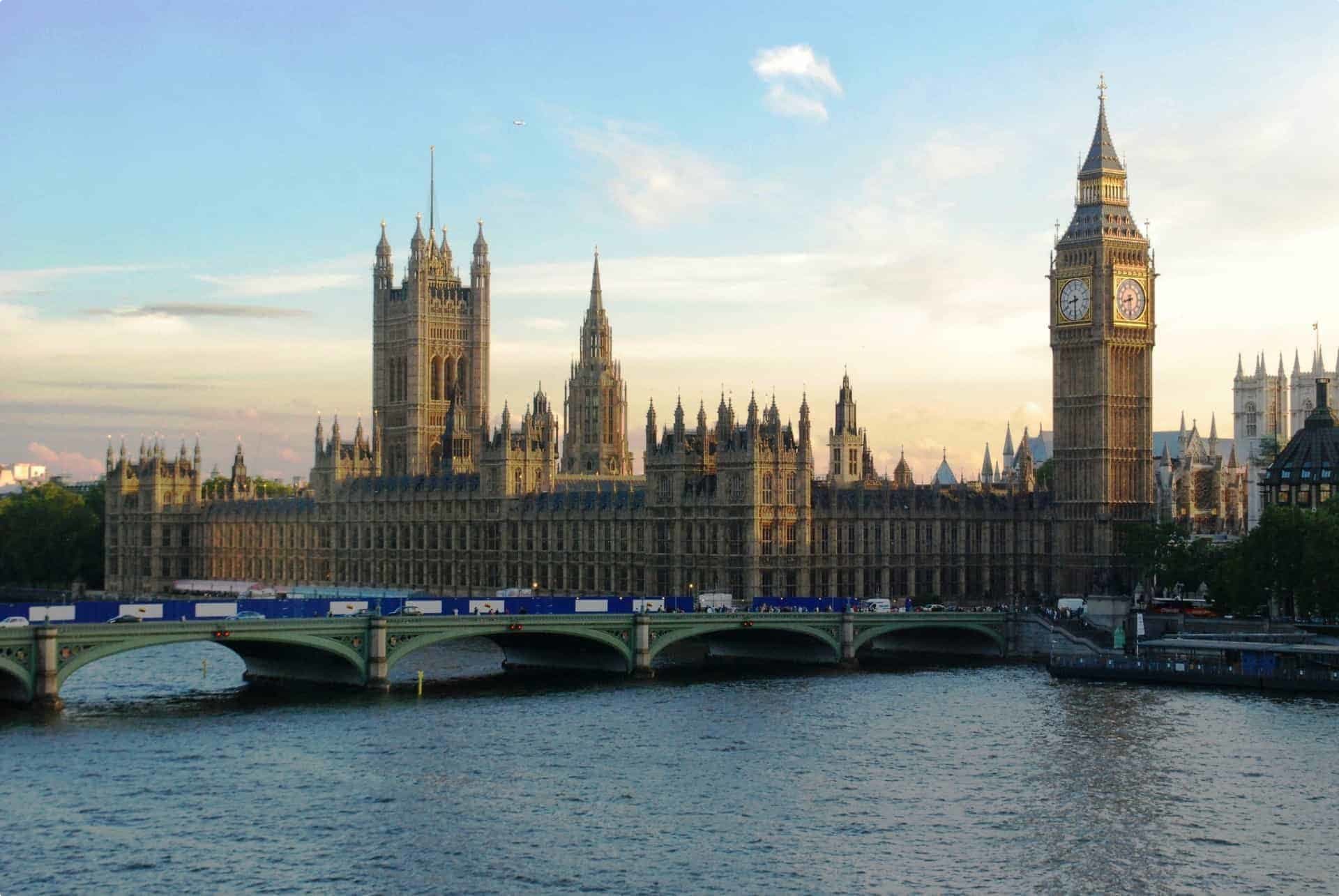
The reintroduction of gargoyles and grotesques from the Middle Ages accompanied the construction of these new buildings and renovations, notably seen in the chimera of Notre-Dame. These sculptures often took on modern and sometimes whimsical interpretations of their medieval counterparts. For instance, the Washington National Cathedral features a grotesque resembling Darth Vader, symbolizing contemporary notions of ultimate evil, while the Salamanca Cathedral in Spain showcases an astronaut intertwined with floral motifs on its facade.
During a renovation of Paisley Abbey in Britain in the early 1990s, a gargoyle resembling the Alien monster was carved into the structure. Discovered in 2013, this gargoyle gained popularity on social media. While humor among stonemasons was once theorized to be the reason behind the creation of medieval gargoyles and grotesques, in the case of the Paisley Abbey gargoyle, this speculation might actually hold true.

If you want to learn more about gargoyles and grotesques, and Gothic and Gothic Revival architecture, join one of Odyssey Traveller’s many small group tours to the British Isles, including Queen Victoria’s Great Britain tour especially designed for senior travellers.
Odyssey Traveller also regularly organises tours to France for seniors. The 21-day Paris tour visits several key Parisian locations. Just click through to read the itinerary and sign up!
Addendum
This article was prepared before the devastating April 15, 2019 fire that badly damaged the Notre-Dame de Paris Cathedral. The cathedral is currently closed. You can read about it on the cathedral’s official page.
Related Tours

24 days
Sep, AprLa Belle France small group escorted history tours for seniors
Visiting France
Travelling with like minded people on this small group we visit several culturally significant and picturesque regions of France, including Provence, Champagne, Burgundy, and Bordeaux regions, where we sample wine and learn more about the tradition of wine-making. We also visit the Loire Valley to see its many castles. Finally, we travel to Bayeux, from where we we visit Mont St Michel and spend time up on the Normandy landing beaches with local guides.
From A$19,965 AUD
View Tour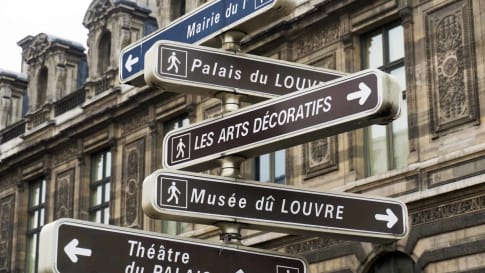
21 days
Mar, SepExplore Paris | 21-day Small Group Tour Exploring Parisian Life
Visiting France
On this small group tour of Paris, travellers take the time to join local guides to learn about the destinations within this city. Authentic experiences with like minded people and an Odyssey tour leader. Staying in apartments this European tour immerses itself in Paris' history, art, and culture in the city of light.
From A$15,325 AUD
View Tour
22 days
Mar, Sep, MayFlorence: Living in a Renaissance City
Visiting Italy
A small group tour with like minded people, couples or solo travellers, that is based in Florence. An authentic experience of living in this Renaissance city The daily itineraries draw on local guides to share their knowledge on this unique European tour. Trips to Vinci, Sienna and San Gimignano are included.
From A$14,375 AUD
View Tour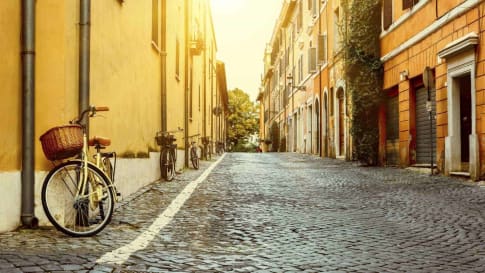
22 days
Sep, Apr, MarHeritage, Culture and History of Italy | Small Group Tours for Seniors
Visiting Italy
Rome, the world’s first superpower, lasted for almost a thousand years. In this small group tour for senior couples and solo travellers we thread our way through the Rome of the Emperors, then through the Italy of the Renaissance, Michelangelo, the Medici, and the Borgia. In the south, we visit the cosmopolitan city of Naples as well as Pompeii and the island retreat of Capri.
From A$13,695 AUD
View Tour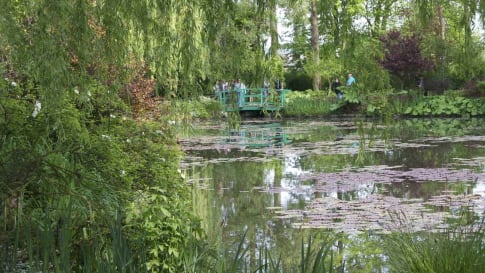
25 days
Aug, May, SepItaly and France, history of gardens small group escorted tour
Visiting France, Italy
Odyssey's small group tour explores some of the classic gardens of Italy and France that reflect changing fashions and garden designs throughout the ages. This fully escorted tour features an Odyssey Program Leader and a handful of local guides who will examine, discuss, compare and contrast the cultural and temporal similarities and diversities between the gardens of Italy and France and the historical influences on their design.
From A$17,595 AUD
View Tour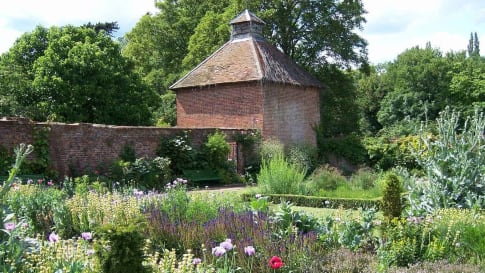
16 days
JunBritish Gardens Small Group Tour including Chatsworth RHS show
Visiting England, Scotland
From A$16,895 AUD
View TourRelated Articles
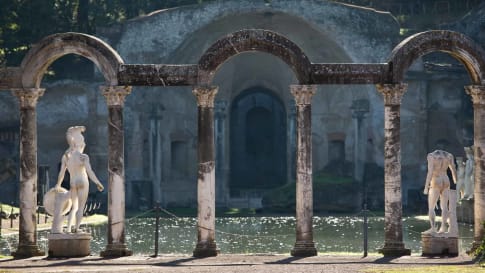
Ancient Roman Luxury Villas, Italy
Roman houses for wealthy people built in the times of the Republic and the Empire. Popular locations included on the lakes of Northern Italy, in the hills to the East of Rome, on the bay of Naples, and outside of Pompeii.
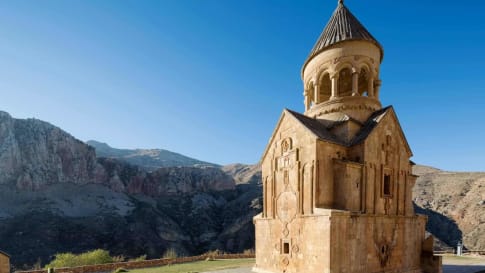
Armenia's Religious Architecture: The Definitive Guide
Buildings and Christianity in Armenia | Small Group Tours Armenia In this post, we will look at examples of Armenia’s buildings and building design before and after its conversion to Christianity. These buildings represent some…

Bauhaus Movement: The Definitive Guide for Travellers
The Bauhaus School and its 100-Year Legacy The Bauhaus School was the brainchild of Walter Gropius of Germany, who reimagined art and utility as a single form that combined architecture, fine arts, and crafts (MET…

British Village Icons: Definitive Guide for Travellers
Icons of the British Villages: Pubs and Cottages The British pub and cottage figure prominently in the image of a (often romanticised) quintessential “British village”. In this article, we will give special attention to these…
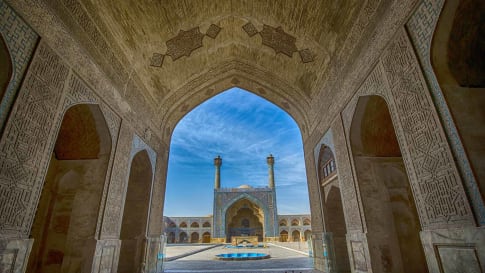
History of Mosques in Iran and Central Asia
During the Islamic period of Iran, glazed bricks were used to create breathtaking and mesmerising wall and ceiling designs in mosques. Click through to read more.

London's Victorian Architecture: The Definitive Guide for Travellers
Small group educational tours for senior couples and mature solo travelers with History tours including those examining the Industrial revolution, Victorian Britain the Gilbert and Sullivan era via the D'Oyle Carte family and the cities such as Glasgow, Liverpool and Manchester.




